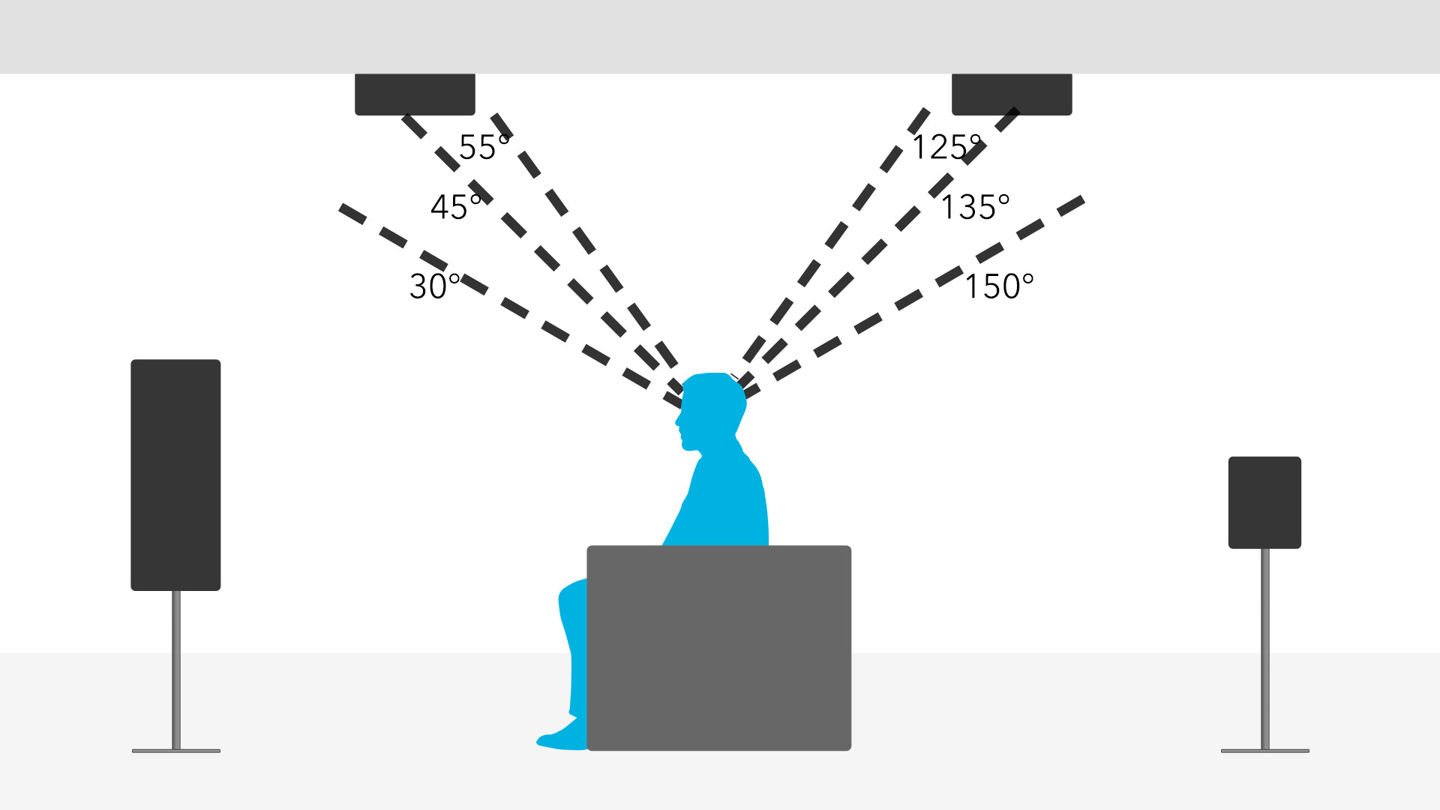@thespeakerdude
Interesting that you start with accusation of a "snipe account" to frame your support of active speaker superiority. Regarding requisite personal knowledge, not a single post in this thread provides verifiable technical bona fides, only opinions or recitation of personal system usage experience.
To follow your logic about fuel injection and electronic engine controls, indeed look where we are now - after decades of refinement. Wonderful technology when it works. Repairs require expensive troubleshooting by trained mechanics at a high cost followed by expensive replacement parts. In addition, alternatives to that situation are virtually non-existent. Good model for audio to follow.


